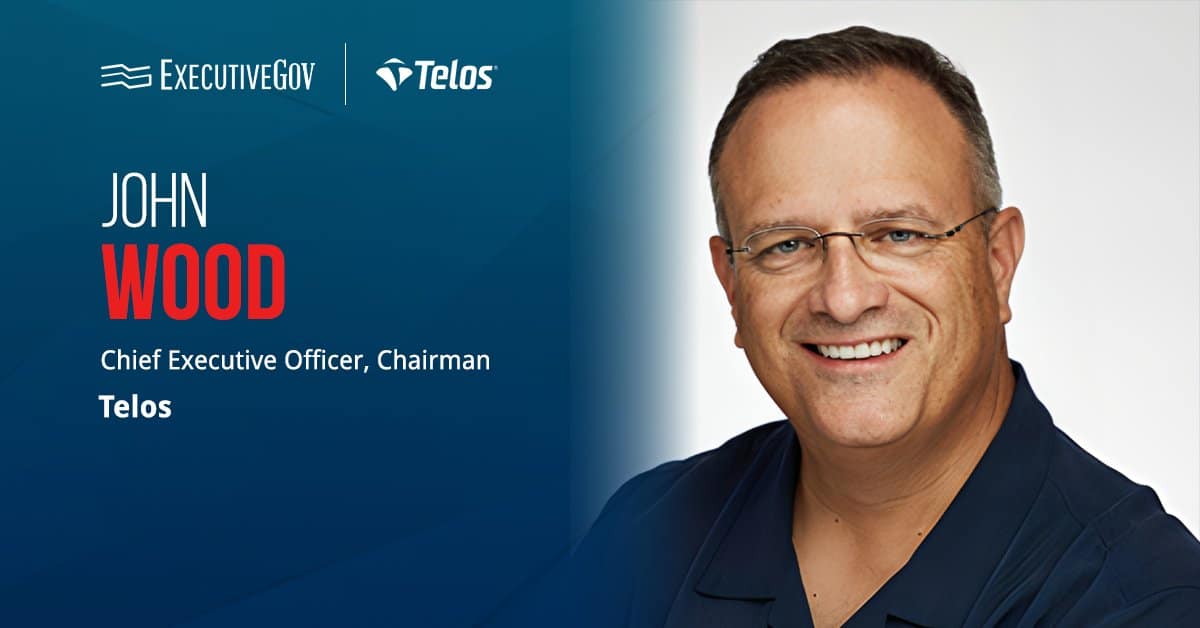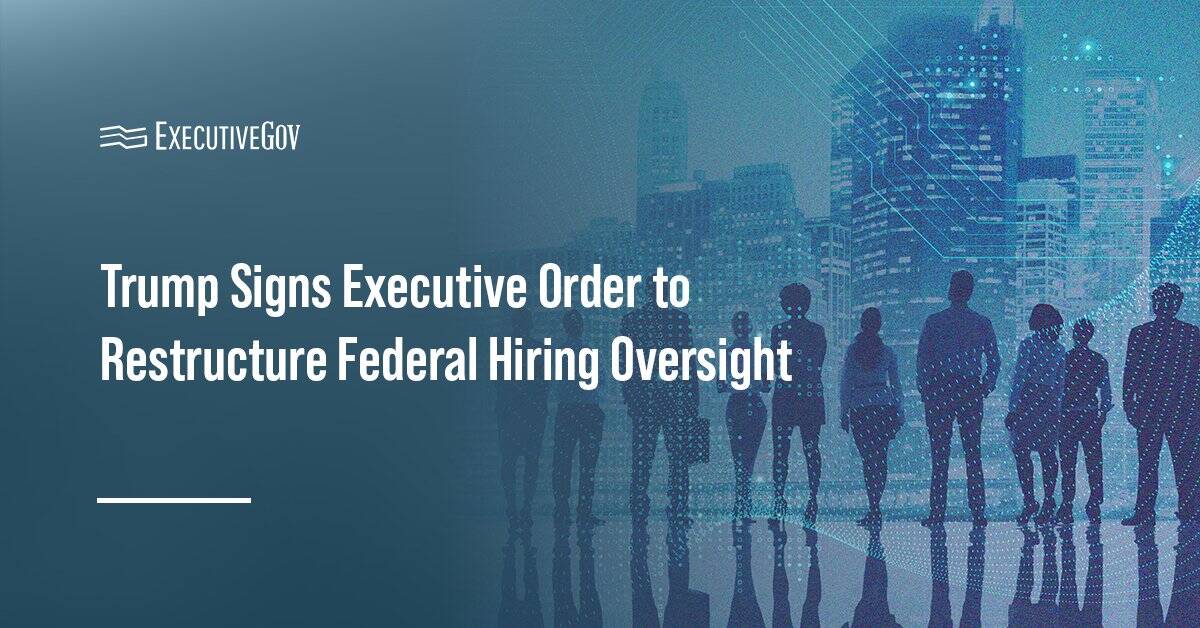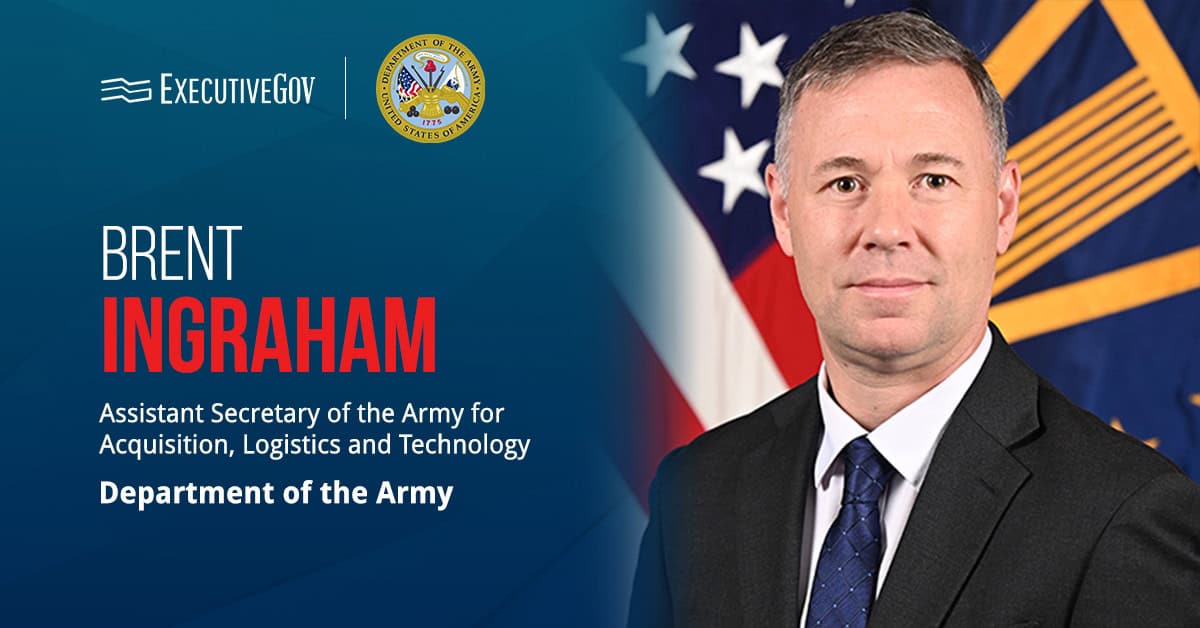The General Services Administration Federal Acquisition Service has released an advanced notice that it plans to release a refresh of the multiple award schedule, or MAS, solicitation in November.
What Is the Purpose of MAS Refresh 30?
GSA said Friday the MAS Refresh 30 update will incorporate changes stemming from the Revolutionary FAR Overhaul, or RFO, initiative. The modification is meant to streamline acquisition requirements, eliminate provisions not required by law and encourage the use of plain-language clauses and terms.
The revision aims to align clauses and provisions with the RFO by updating MAS contract language to reflect changes in the Federal Acquisition Regulation and GSA Acquisition Regulation. The MAS refresh will also provide updated guidance for ordering procedures, enabling users to be directed to GSA.gov for federal supply schedule ordering instructions and blanket purchase agreement guidance. In addition, the refresh aims to update administrative provisions, particularly the SCP-FSS-001 provision, which will be revised to reflect RFO updates.
The subject contractor should accept the associated mass modification and apply the changes within 90 days of its issuance to maintain their schedules.













